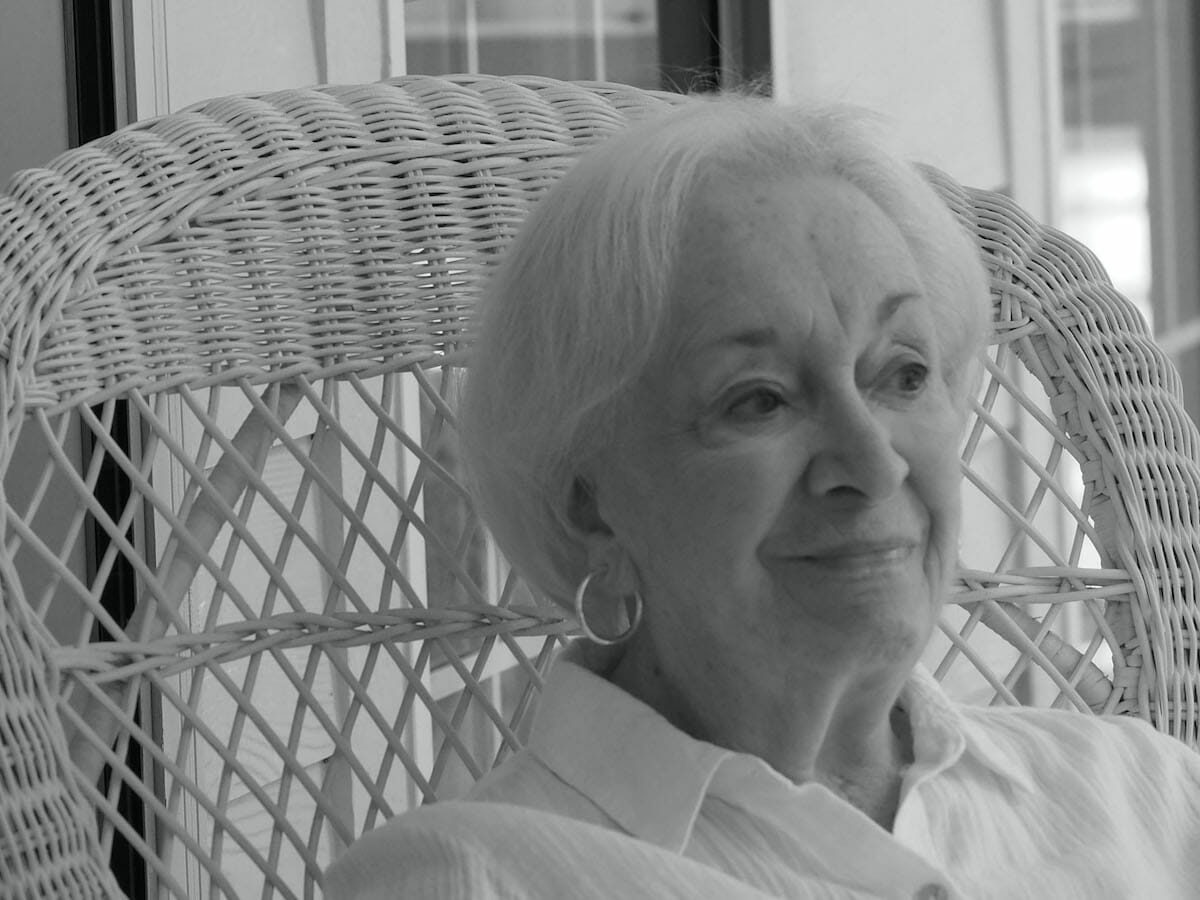By Carol Lucas
When we finally leave September behind and venture into October, we know fall is truly upon us. While you may be one who psychologically battles the advancement of the fall season, the stores certainly make every effort to convince you otherwise. We can always count on plastic pumpkins sporting a variety of facial expressions in August and, worse yet, Christmas decorations in September.
But let’s toss the merchandising calendar aside for a moment and focus on the month we are presently in and address October for what it is, or should be: warm spices, wonderful seasonal produce, a change of leaves (if you are lucky enough to observe that phenomenon) and longer nights. Along with these come many cultural traditions that move us from the mellow warmth of fall into an environment of superstition.
From All Hallow’s Eve to Dia de los Muertos (a two-day holiday that reunites the living with the dead), a thin veil between our world and what lies beyond comes into play. Perhaps a little background will help us understand how we came to court ghosts and goblins as a necessary fall ritual.
In the year 837, Pope Gregory III established November 1 as All Saints’ Day, also known as All Hallows’ Day. This was a time to honor all saints of the church that had attained heaven. The evening before became a holy or hallowed eve and thus Halloween (Encyclopedia Britannica).
The basis of Halloween comes from the pagan holiday honoring the dead. It was believed that the aforementioned veil between the world of the living and that of the dead became non-existent, thus allowing the souls to come back to earth and walk among the living.
The number of horror movies that have been produced using this as the bedrock to frighten people are too many to list. Some people love to be scared to the point of tears. I do not count myself among those who relish this. I was the child, as recounted many times by my mother, who crawled under the theater seat during the fire in the movie “Bambi.” Yes, I would go trick or treating as a kid, albeit reluctantly. To this day I have little appetite for Halloween.
Did you ever wonder why we carve jack-o’-lanterns on Halloween? The tradition dates back to Celtic observations of Samhain, celebrated from October 31 to November 1. Because of the holiday’s association with the supernatural, warding off “dark forces” was a must. Early traditions employed big bonfires to get the job done, but once towns developed, people needed something safer. Hollowed-out turnips or gourds were cheap and easy to attain, so they became makeshift lanterns. Gradually these large vegetables started to take on the shape of the scary spirits they were supposed to scare off.
The coming of longer nights caused folks, already consumed by the thoughts of malevolent spirits, to think of ways to rid themselves of these. Thus came into being the cinnamon broom. To ward off evil, the brooms were hung above the doors or literally used to sweep the doorstep. The fact that they also helped to deodorize the dwelling was a plus.
Believe it or not, there are many autumn “superstitions” other than those designed to make you run screaming into the night. Next time an autumn leaf blows past your face, try to catch it — legend has it that it will bring good luck, or that you get to make a wish on it. While I had never heard of this, why should a falling leaf be any different than a four-leaf clover?
We in America who celebrate Thanksgiving with a whole turkey may still observe the custom of pulling the wishbone. My family did this for years before the era of high end, specialty birds, that are often boned, came into vogue.
Bird species have a part called the furcula (little fork in Latin) bone that helps support them in flight. This is commonly known as the wishbone. In some traditions, two people pull either side of the wishbone, and the person who breaks off the bigger piece can make a wish or enjoy good luck. Many times I discovered it wasn’t the one with the greatest strength that won the coveted “long bone-piece,” but rather he or she that knew the best place to grab hold and yank.
Bobbing for apples, while an all-ages activity, actually has its roots in superstitious matchmaking. The romantic twist was something like this. In one tradition, women secretly marked apples before their potential mates went bobbing, and future matches were foretold, depending on whose apple ended up in whose mouth.
The nod to fall wouldn’t be complete without mentioning The Farmer’s Almanac. I have no reason to apologize when I say that I love delving into what is surely a compilation of superstitions. Mild winters vs rough winters? Check how thick the onion skins are, and whether or not there are a lot more acorns on the ground than usual.
So I conclude with this bit of advice: Be careful when handling those mirrors; don’t step on a crack or you’ll break your mother’s back; and for goodness sake, avoid walking under those ladders, especially on any given Friday, the 13th.
Carol Lucas is a retired high school teacher and a Lady’s Island resident. She is the author of the recently published “A Breath Away: One Woman’s Journey Through Widowhood.”




